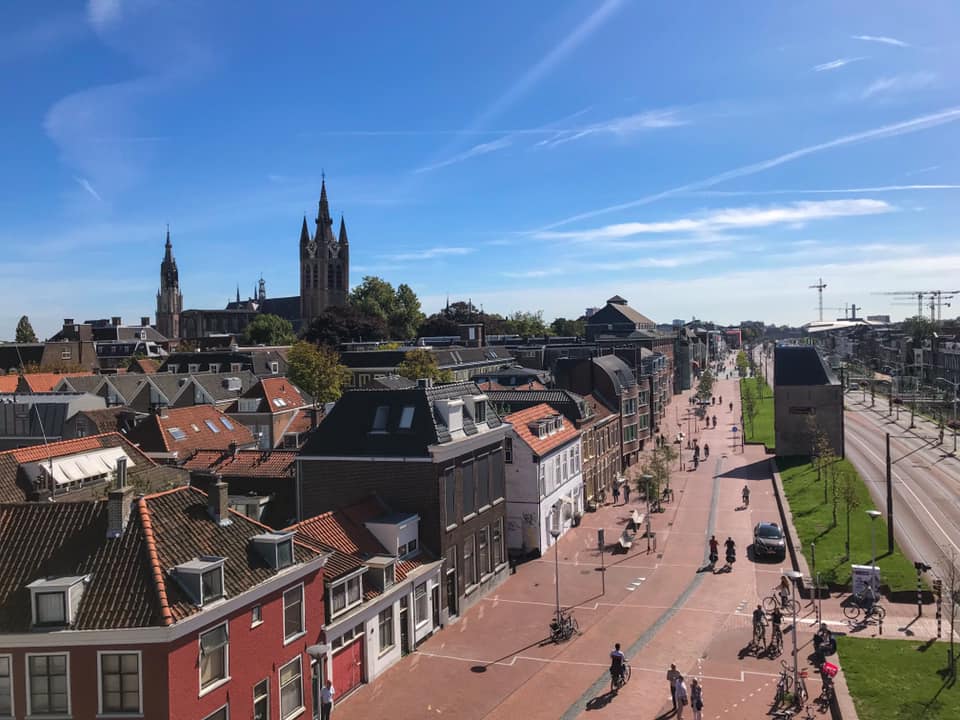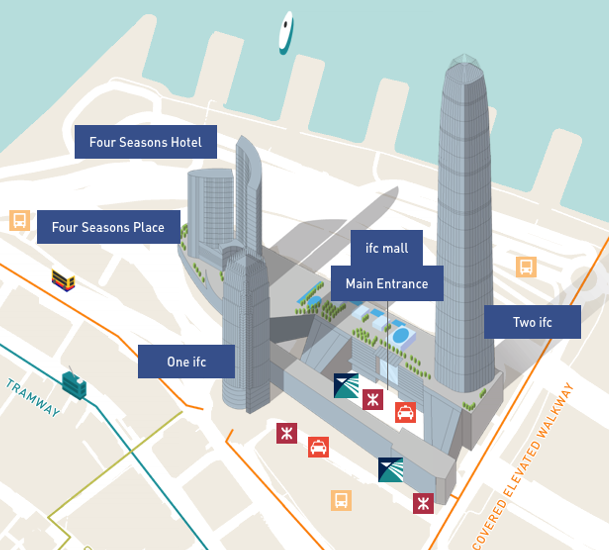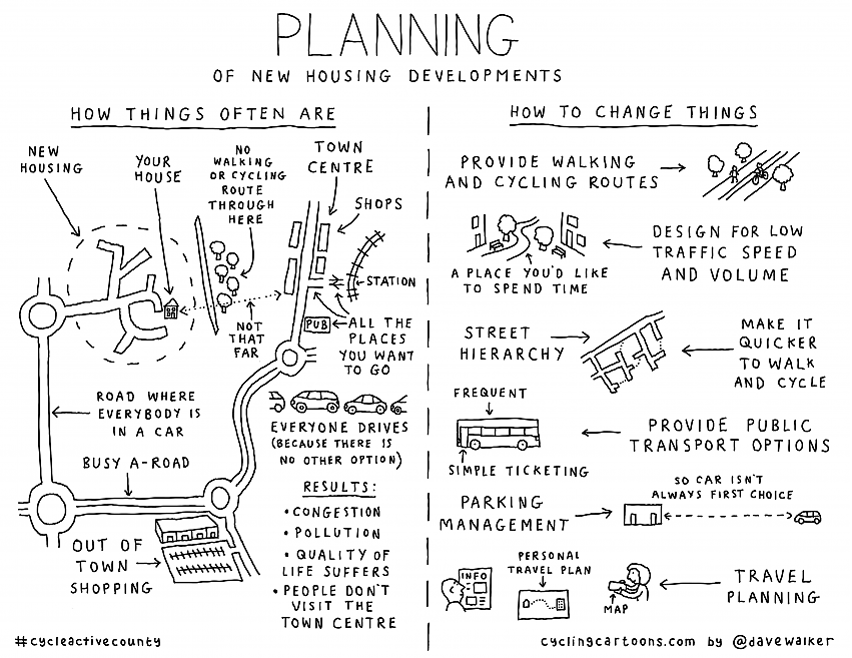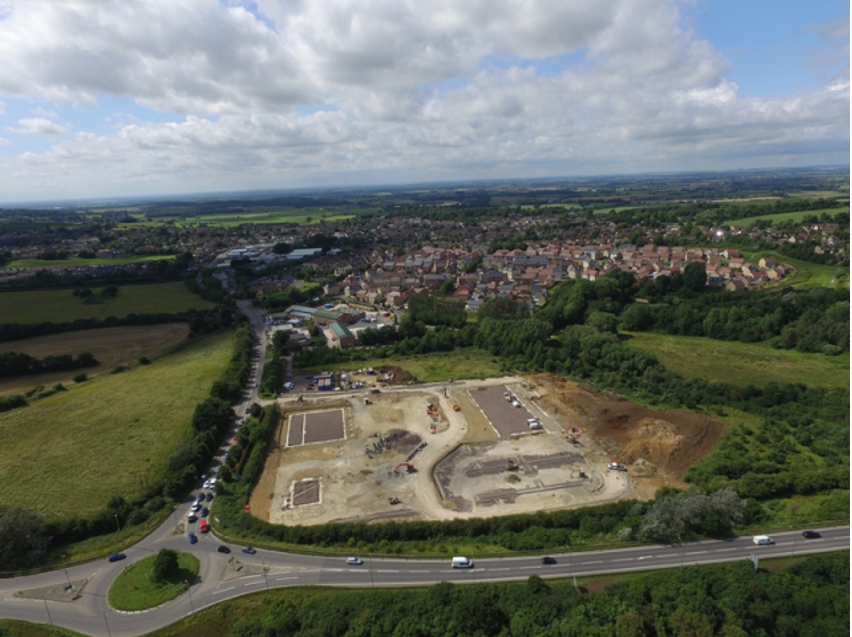Mobility / Network planning / Urban Mobility Design
The advantage of the 15-minute city

Within our field of work, and perhaps in any, it’s always interesting that certain concepts, in a certain period of time, become the hot topics that everyone is talking about. Some examples: Mobility as a Service, healthy street, inclusive mobility, smart mobility, the sharing economy, etc. In the last few months, the one which has stood out for me is the fifteen-minute city.
While I wasn’t familiar with this specific concept until recently, I realised that during the past few years, as a geographer and urban planning student, I unwittingly came across it multiple times.
Understanding the 15-minute city at its core
The concept la ville du quart d’heure was first introduced by Professor Carlos Morena at the Sorbonne University in Paris. It focusses on reinventing the idea of urban proximity. According to this concept, in an urban context work, home, shops, health care, education and entertainment should ideally all be reachable within fifteen minutes by foot or bicycle.
It focusses on creating a new relationship between citizens and the rhythm of life in cities. Aiming to reconnect people with their local areas – as I suppose we all did throughout the pandemic – with a focus on efficient trip-chaining and multi-functional buildings. Indirectly, a 15-minute city will lead to the elimination of unnecessary (car) journeys.

Extreme example of fifteen-minute city: work, home, shops, transportation and leisure all in one complex. International Finance Centre, Hongkong. Source: ifc.com.hk
Planning for sustainability
‘How can we use the planning system to promote sustainable development?’ Understanding and answering this question was the aim of a very well-taught module I followed in 2018 (all credits to lead professor Richard Cowell). Throughout the module we discussed the variety of land-use and spatial planning systems in existence, mainly focussing on the differences between the Anglo-Saxon world (in particular the UK and USA) and The Netherlands. The key message, which I remember to this day, is: In the Netherlands, land-use planning is regulated pro-actively. In this way it provides a direction, often perceived as rigid and strict, concerning where and where not (urban) development can take place. In many other countries, however, land-use planning is regulated reactively. Only after new developments arise is land-use planning is taken into account.

Great overview how urban planning influences the way we travel. Source: https://www.cyclinguk.org/blog/designing-car-dependency-planning-poor-health
Planning a 15-minute city
The concept of 15-minutes cities can function as a guide towards future-proof societies, and places current real-world developments in a discerning light. Examples are the construction of cinema’s, super- or hypermarkets and business parks at the edge of urban developments, often with a focus on accessibility by car, instead of promoting cycling or walking accessibility within 15 minutes of people’s homes.

Example of cinema constructed at the edge of urban area on the premises that everyone can reach a cinema, so called Euroscoop, within a 20-minute car journey. Euroscoop, Den Haag Ypenburg. Source: https://schiedam24.nl/nl/nieuws/uit-cultuur/euroscoop-bouwt-in-den-haag-ypenburg/10465
Being critical: the concept of the 15-minute city is in direct contrast to mainstream land-use and spatial planning systems that have dominated the (Anglo-Saxon) world for years. Pop-up bicycle lanes, temporarily closing down streets for through traffic and expanding terrasses via parklets are all great. However, it’s so important that aims, goals and visions towards future-proof societies are grounded in masterplans, strategies and policies. I believe in solid foundations as necessary to developing liveable societies, where active mobility is stimulated and shops, schools, health care, work and entertainment are all in close vicinity.

Example of retail centre build at the edge of urban area, easy access by car. Fraingdon park, Oxfordshire. Source: https://longcotvillage.org/2016/07/18/aldi-tesco-opening-in-faringdon/
The Netherlands and the 15-minutes city
Due to the origin of the concept, it’s no surprise that the Parisian mayor, Anne Hidalgo, is a fervent advocate of the 15-minute city. In the Netherlands, a common thinking has arisen that for most Dutch cities, a patchwork of 15-minute cities already exists. Speaking for myself, I am pretty sure I live in one: my nearest supermarket – 450m, bicycle shop – 500m, library – 550m, hospital – 1.200m, major train station – 2.200m. All in easy reach by foot or bike.
I love living in a neighbourhood with so many great facilities within walking or cycling distance. I am, together with my colleagues, eager to contribute to making the world less dependent on the car, while ensuring proper alternatives are available. Our expertise is based on decades of experience: incorporating successful (Dutch-based) solutions while matching local circumstances and conditions. Are you interested in collaborating on how to make your community or city a 15-minute city? Or are you just curious about what is possible? Me and my colleagues are ready to think along with you. Or you can join Mobycon Academy to learn more about trends not only in the Netherlands but further afield. Oh, and concerning my 15-minute city… my current (home)office – distance zero metres.

